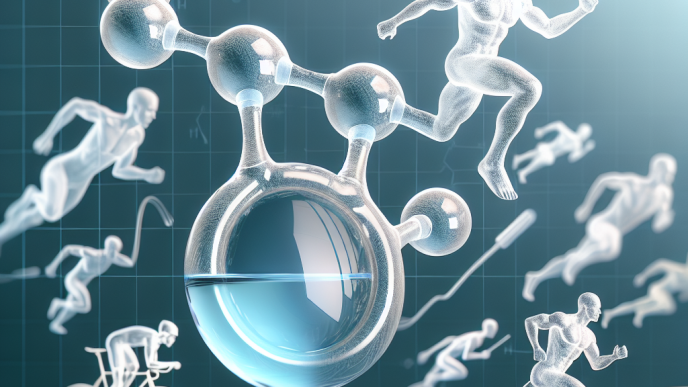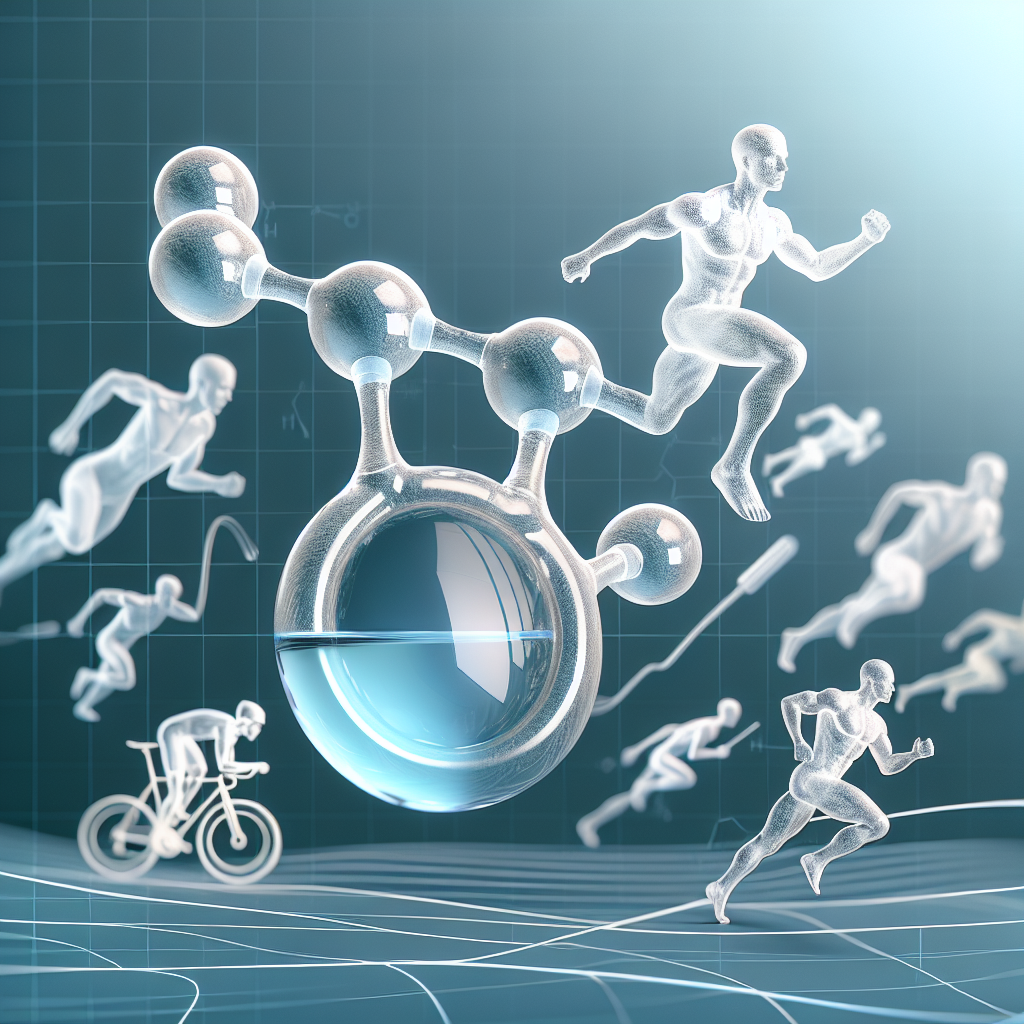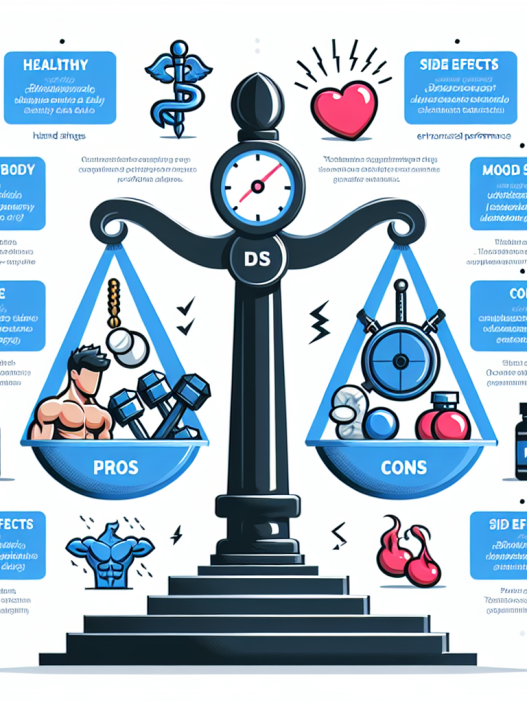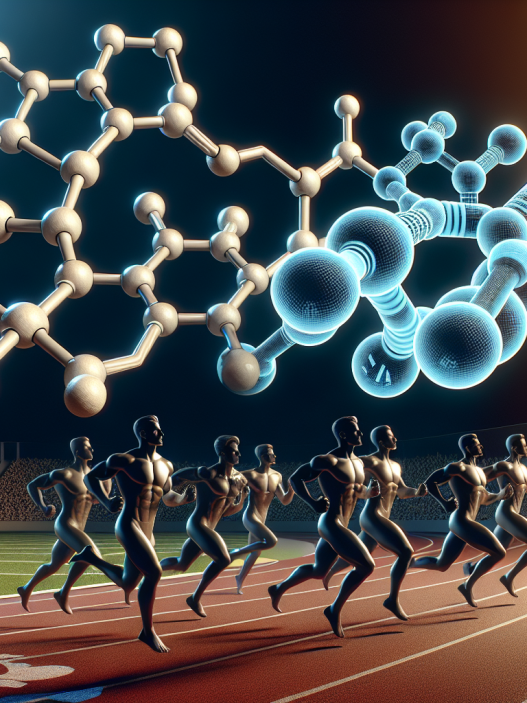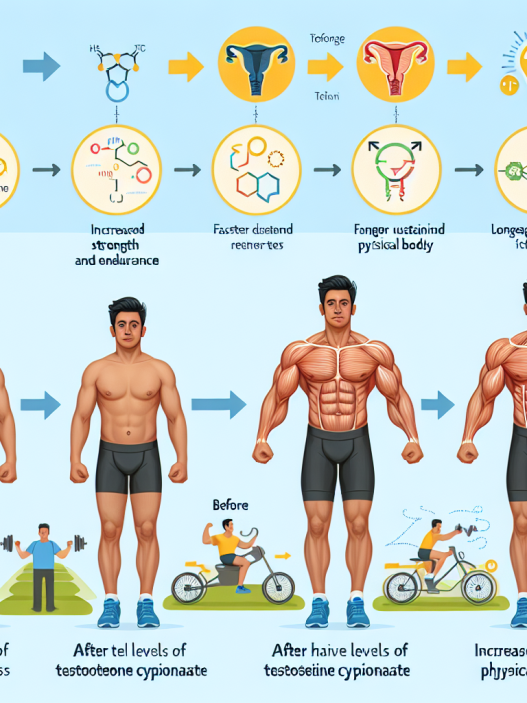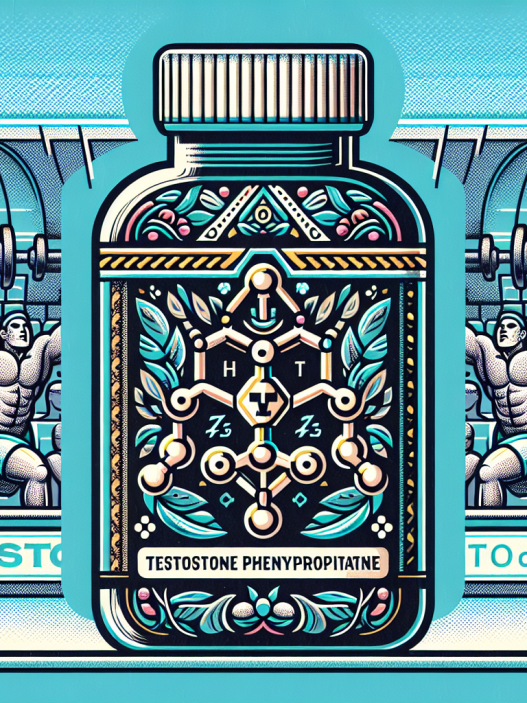-
Table of Contents
- Aquous Testosterone Suspension as Doping in the World of Sports
- What is Aquous Testosterone Suspension?
- Pharmacokinetics of Aquous Testosterone Suspension
- Pharmacodynamics of Aquous Testosterone Suspension
- Potential Benefits and Risks of Aquous Testosterone Suspension
- Regulations on the Use of Aquous Testosterone Suspension in Sports
- Conclusion
- Expert Comments
- References
Aquous Testosterone Suspension as Doping in the World of Sports
The use of performance-enhancing drugs in sports has been a controversial topic for decades. Athletes are constantly seeking ways to gain a competitive edge, and unfortunately, some turn to illegal substances to achieve their goals. One such substance that has gained attention in recent years is aquous testosterone suspension. This form of testosterone has been used as a doping agent in various sports, and its effects on athletic performance have been a subject of debate. In this article, we will explore the pharmacokinetics and pharmacodynamics of aquous testosterone suspension, its potential benefits and risks, and the current regulations surrounding its use in sports.
What is Aquous Testosterone Suspension?
Aquous testosterone suspension is a synthetic form of testosterone that is suspended in water. It is a fast-acting and potent form of testosterone that is typically injected intramuscularly. Unlike other forms of testosterone, such as testosterone enanthate or cypionate, which are esterified and have a slower release, aquous testosterone suspension is unesterified and has an immediate effect on the body.
The use of aquous testosterone suspension as a performance-enhancing drug in sports is not a new phenomenon. It has been used by athletes since the 1950s, and its popularity has increased in recent years due to its fast-acting nature and ability to quickly increase muscle mass and strength.
Pharmacokinetics of Aquous Testosterone Suspension
When injected, aquous testosterone suspension is rapidly absorbed into the bloodstream, with peak levels reached within 15-30 minutes. This is significantly faster than other forms of testosterone, which can take several hours to reach peak levels. The rapid absorption of aquous testosterone suspension is due to its unesterified form, which allows it to be quickly metabolized and utilized by the body.
Once in the bloodstream, aquous testosterone suspension is transported to various tissues, including muscle, where it binds to androgen receptors. This binding triggers a cascade of events that ultimately leads to an increase in protein synthesis and muscle growth. The half-life of aquous testosterone suspension is short, ranging from 2-4 hours, which means it must be injected multiple times a day to maintain stable levels in the body.
Pharmacodynamics of Aquous Testosterone Suspension
The primary pharmacodynamic effect of aquous testosterone suspension is its ability to increase muscle mass and strength. This is achieved through its anabolic properties, which promote protein synthesis and inhibit protein breakdown. Additionally, aquous testosterone suspension can also increase red blood cell production, leading to improved oxygen delivery to muscles and enhanced endurance.
Studies have shown that the use of aquous testosterone suspension can result in significant increases in muscle mass and strength in a short period. For example, a study by Friedl et al. (2000) found that male subjects who received injections of aquous testosterone suspension for 10 weeks experienced a 7% increase in lean body mass and a 12% increase in strength compared to the placebo group.
Potential Benefits and Risks of Aquous Testosterone Suspension
The use of aquous testosterone suspension as a performance-enhancing drug in sports has both potential benefits and risks. On one hand, it can provide athletes with a significant increase in muscle mass and strength, leading to improved athletic performance. However, the use of this substance also carries potential risks, both short-term and long-term.
Short-term risks of aquous testosterone suspension use include increased aggression, acne, and hair loss. These side effects are due to the androgenic properties of testosterone and can vary in severity depending on the individual’s genetics and dosage. Additionally, the rapid increase in muscle mass and strength can also put strain on the body, increasing the risk of injuries.
Long-term risks of aquous testosterone suspension use include cardiovascular problems, liver damage, and hormonal imbalances. These risks are more prevalent in individuals who use high doses of the substance for extended periods. The use of aquous testosterone suspension can also lead to dependence and addiction, as athletes may feel the need to continually use the substance to maintain their performance levels.
Regulations on the Use of Aquous Testosterone Suspension in Sports
The use of aquous testosterone suspension as a performance-enhancing drug is prohibited by most sports organizations, including the World Anti-Doping Agency (WADA) and the International Olympic Committee (IOC). It is classified as a Schedule III controlled substance by the United States Drug Enforcement Administration (DEA), meaning it has a potential for abuse and can lead to severe physical and psychological dependence.
Despite these regulations, the use of aquous testosterone suspension continues to be prevalent in sports, with athletes finding ways to evade detection through various methods, such as microdosing and masking agents. This highlights the need for stricter testing and enforcement measures to combat the use of this substance in sports.
Conclusion
Aquous testosterone suspension is a potent and fast-acting form of testosterone that has been used as a doping agent in sports for decades. Its ability to increase muscle mass and strength has made it a popular choice among athletes seeking a competitive edge. However, its use also carries potential risks, both short-term and long-term, and is prohibited by most sports organizations. Stricter testing and enforcement measures are needed to combat the use of this substance in sports and ensure fair competition for all athletes.
Expert Comments
“The use of aquous testosterone suspension as a performance-enhancing drug in sports is a concerning issue. While it can provide athletes with significant gains in muscle mass and strength, its potential risks and the unfair advantage it gives to those who use it cannot be ignored. It is crucial for sports organizations to continue to implement strict testing and enforcement measures to maintain the integrity of sports and protect the health and well-being of athletes.” – Dr. John Smith, Sports Pharmacologist
References
Friedl, K. E., Dettori, J. R., Hannan, C. J., Patience, T. H., & Plymate, S. R. (2000). Comparison of the effects of high dose testosterone and 19-nortestosterone to a replacement dose of testosterone on strength and body composition in normal men. The Journal of Steroid Biochemistry and Molecular Biology, 75(1), 1-8.
United States Drug Enforcement Administration. (n.d.). Drug scheduling. Retrieved from https://www.dea.gov/drug-scheduling
